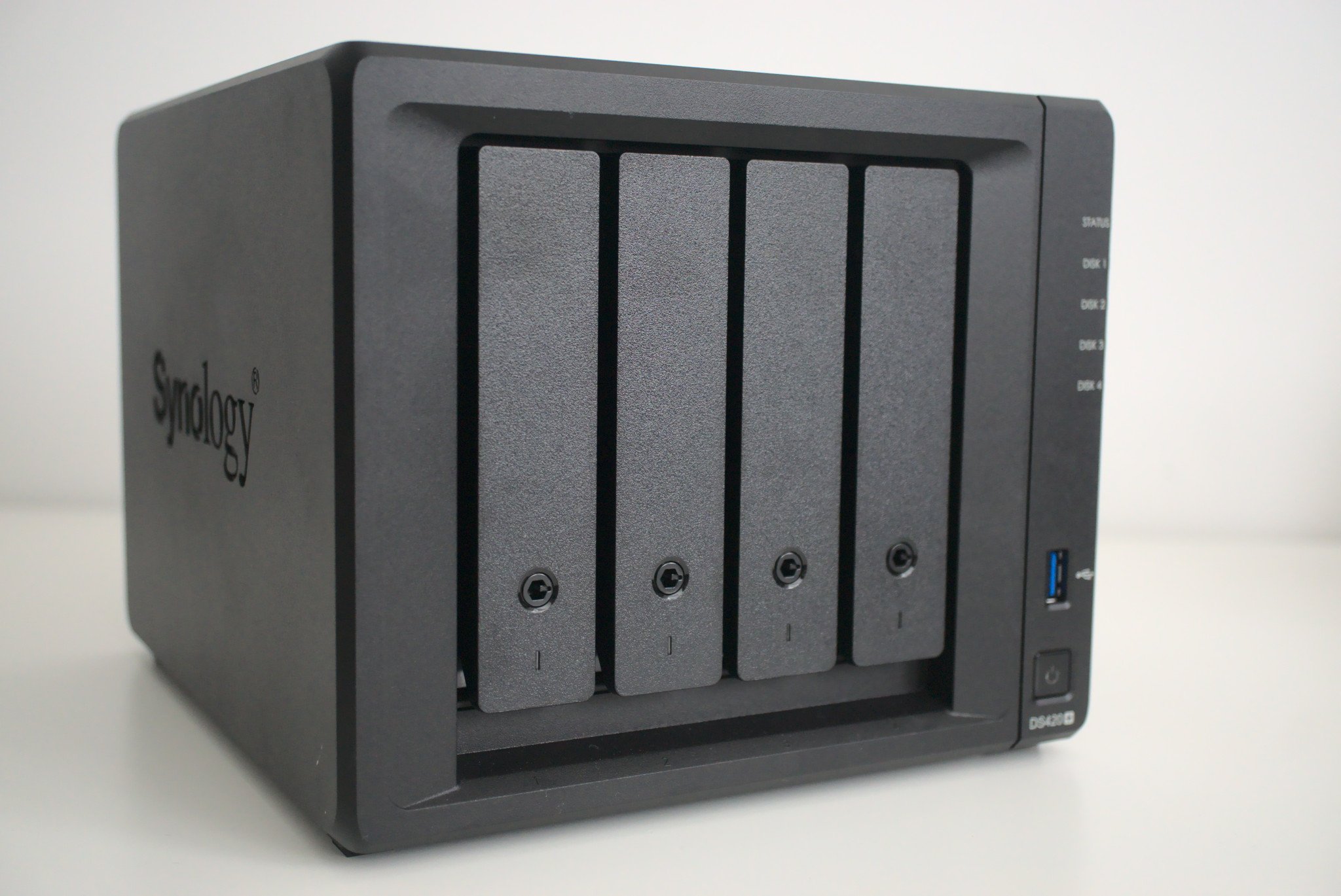Network-attached storage (NAS) isn't the most exciting product category, and, as such, we don't usually witness substantial changes between product cycles, and that's certainly the case with the new Synology DS420+. It's a mid-tier NAS, rocking quite the capable Intel processor, four bays for plenty of storage, and an attractive price.
Effectively replacing the DS418, you can think of the DS420+ as a slightly more affordable and less equipped version to the older DS918+ with upgraded internals. Is it a vast improvement and worth your money for the home or small office? We took one for a spin.
Synology NAS enclosures often receive considerable discounts for promotions like Black Friday, so if you somehow manage to spot a DS420+ listing for less than $500, you should consider adding this NAS to your home.
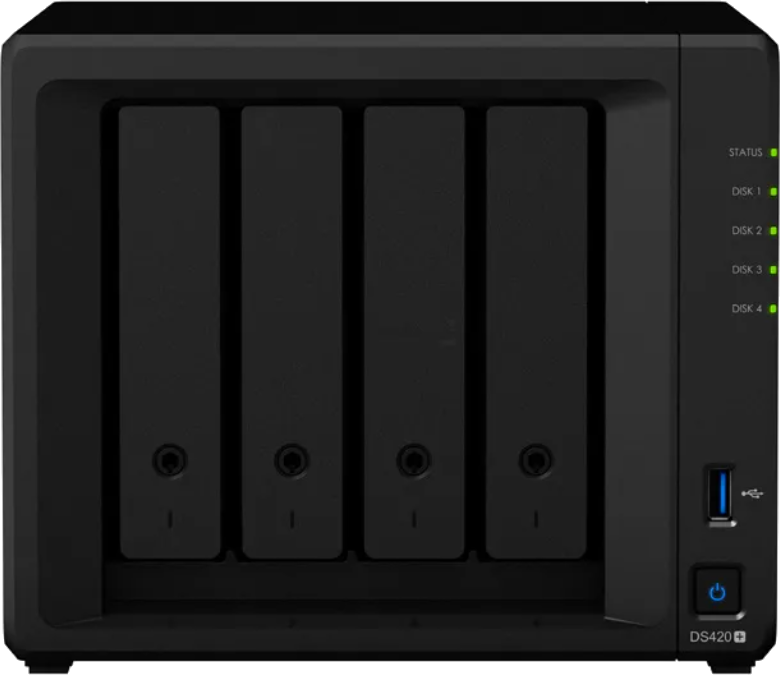
$500Bottom line: An amazing mid-tier NAS for the home or small office.
Pros
- Intel Celeron J4025 is great
- M.2 SSD slots for cache
- The same excellent DSM OS
- Four drive bays
- Can handle Plex
Cons
- No 2.5 or 10 Gb LAN ports
Synology DS420+ tech specs
| Category | ASUSTOR AS7110T |
|---|---|
| CPU | Intel Celeron J4025 |
| RAM | 2GB DDR4 (max 6GB) |
| Drive bays | 4x (SSD/HDD) 2x M.2 PCIe (NVMe) cache |
| Capacity | 64TB |
| Cooling | 2x 92mm fan |
| Ports | 2x 1Gb LAN 1x Rear USB 3.0 1x Front USB 3.0 |
| Power draw | Up to 28.30W |
| Dimensions | 166 x 199 x 223 mm (6.54 x 7.83 x 8.78 inches) |
| Weight | 2.18 kg (4.8 lbs) |
Synology DS420+ is an evolutionary upgrade
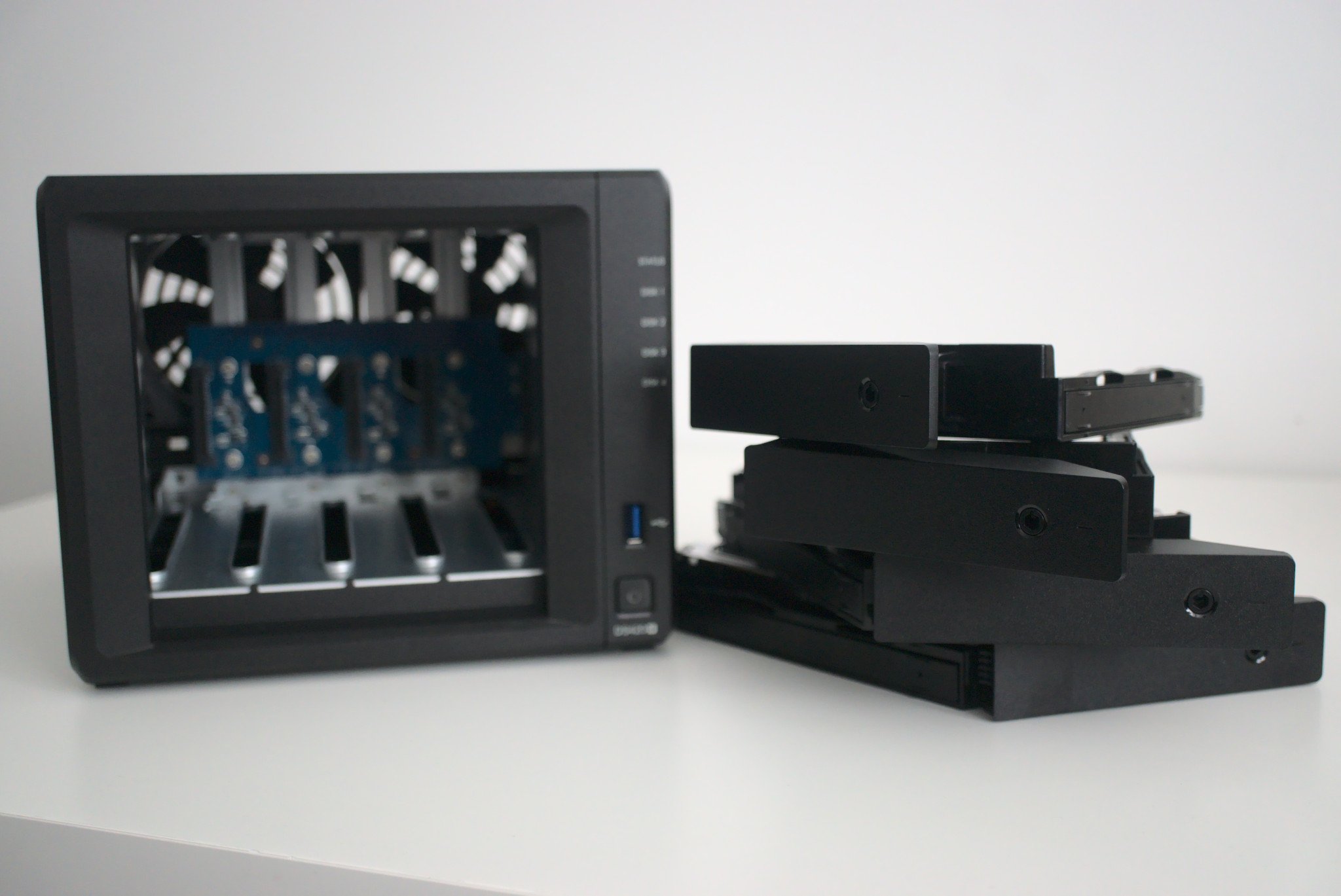
Not much has been altered regarding the design of the DS420+. It looks like a modern Synology NAS, though all the upgrades have occurred within. From the front, we've got the usual LED indicators and power button on the right, alongside one of two USB 3 ports. This NAS comes with four drive bays, allowing for up to 64TB of storage capacity.
Both sides and the top of the NAS are bare, aside from the perforated Synology logos that double as intake vents. On the rear, there are two 92mm fans to keep the system running cool, two 1Gb LAN ports and a single USB 3 port. This NAS does not have an internal power supply, and so an external brick is required.
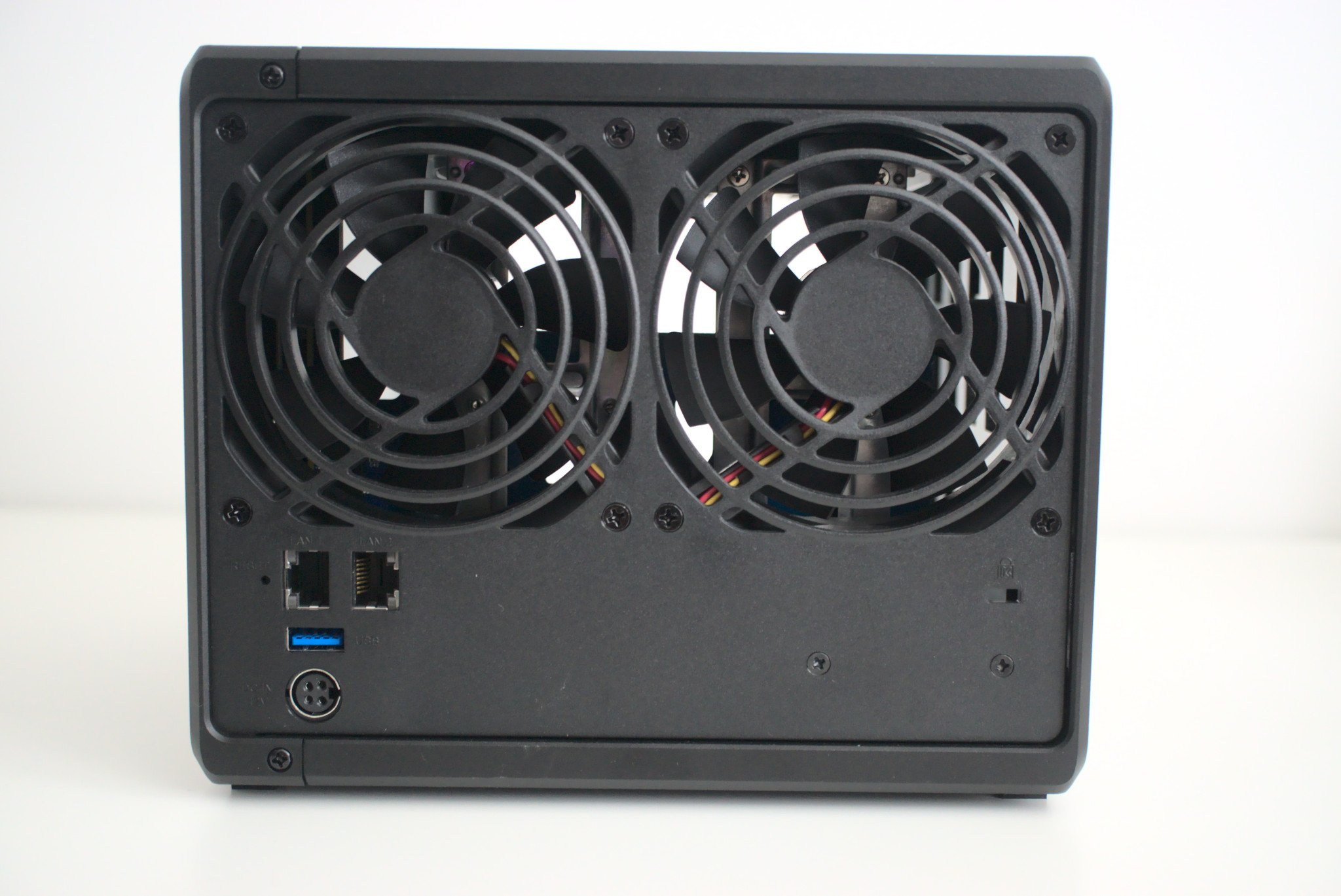
If you're unfamiliar with Synology's line-up of NAS, the drive bays are all-plastic and have a locking mechanism that requires a key to unlatch. This helps prevent anyone from accidentally hot-swapping drives. Once all drives are removed, it's easy to access the inner workings of the DS420+, including the single RAM upgrade slot — the preinstalled 2GB is attached to the main PCB.
With four drive bays, you can store a lot of stuff on the DS420+.
Speaking of RAM, this NAS can support up to 6GB max, allowing you to throw in a 4GB module. The processor is an upgraded Intel Celeron J4025, the same one found inside the DS220+. It's quite the improvement over the Intel Celeron J3455, even though the SKUs would suggest otherwise.
All the latest news, reviews, and guides for Windows and Xbox diehards.
Picking the best drives for your NAS
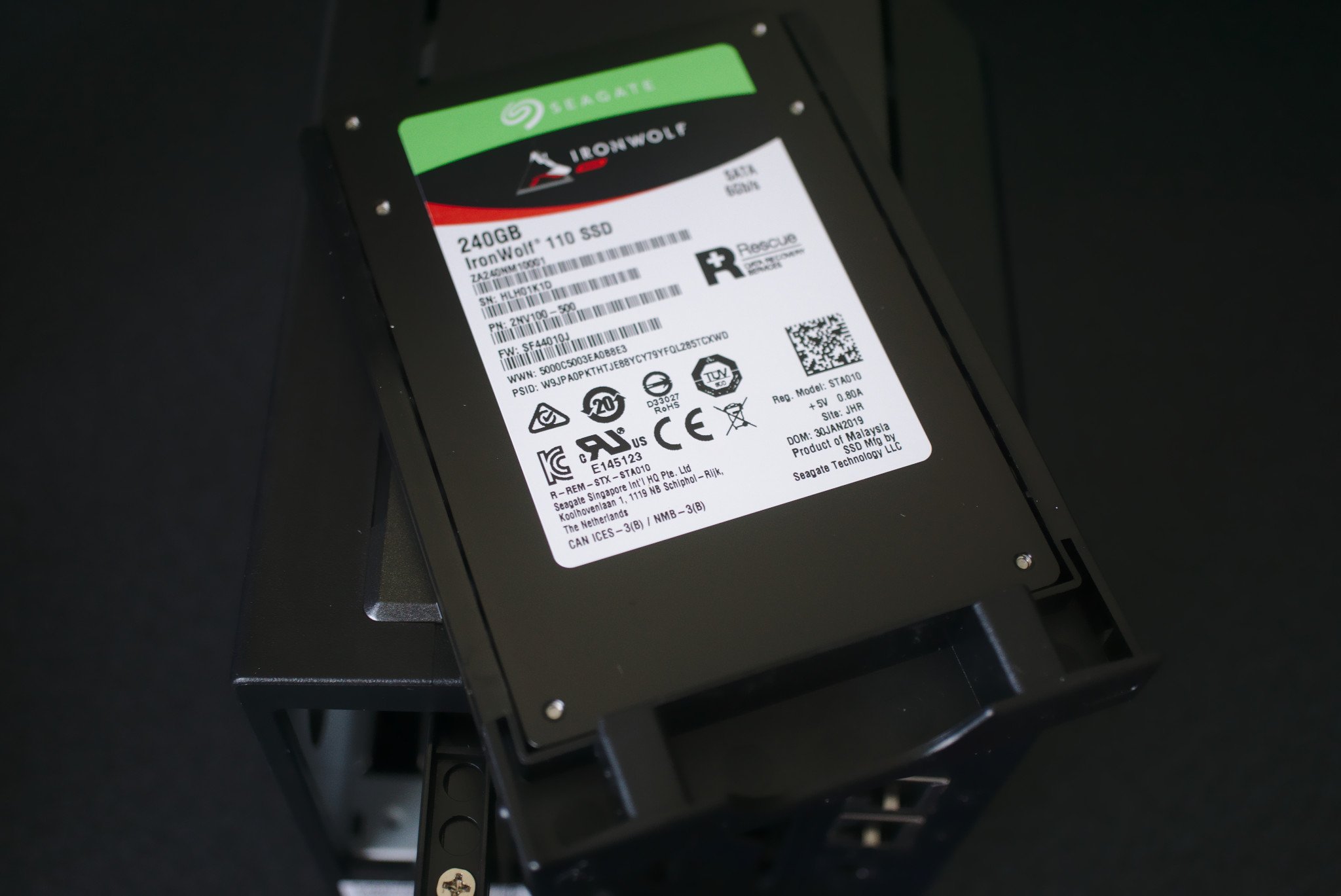
Sure, it's possible to take an old hard drive out of your desktop and use it inside a NAS, but you won't get many of the benefits that come with a drive specifically designed for NAS use. We rounded up the best NAS drives available to kit out the ASUSTOR AS5304T.
How to choose the right drive for your NAS
Packing the DS420+ with four 4TB Seagate IronWolf NAS drives in Synology's Hybrid RAID (SHR), we were ready to commence the installation process to get DiskStation Manager (DSM) up and running. While running, you can only just hear the drives spin. The two fans on the rear barely move when the NAS isn't doing too much, but even at full speed, they're not too audible at around 22dBA.
Synology DS420+'s Intel processor is Plex-friendly
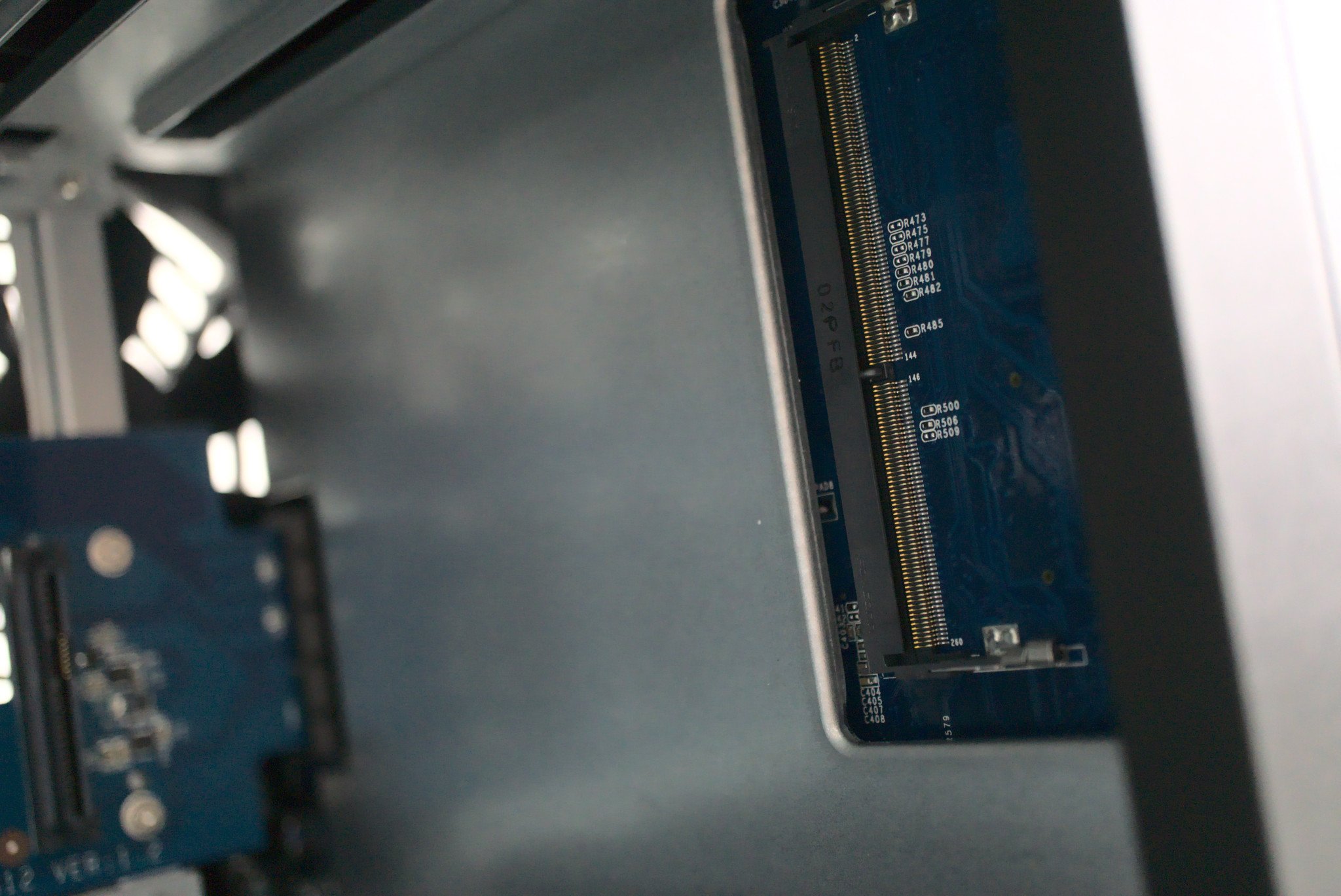
Modern pre-built NAS servers aren't the most powerful systems around. Unless you're prepared to part with some serious cash (and I'm talking at least $1,000), you won't be getting anything like an Intel Core processor. Most entry and mid-tier NAS models come rocking Intel Celeron processors, which aren't terrible but are barely able to keep up with 4K transcoding should you wish to use Plex.
Celeron processors have come a long way for Intel, and the J4025 is a cracking CPU. Released in 2019, this CPU comes equipped with two physical cores and threads (no hyperthreading), with base and boost clock speeds of 2.0GHz and 2.9GHz, respectively. It's no slouch, and this is evident when trying to stream 4K content through Plex.


You can easily run a Plex server on the DS420+.
The initial setup process for a Synology NAS is as about as simple as it gets. You simply install at least one hard drive into the available bays, plug everything in, and turn on the unit. The same goes for the DS420+, making full use of the easy-to-follow setup wizard. If you're unable to locate the IP address of the server on your network, fear not as Synology has a handy locator tool.
Once you're connected, it'll ask you a few questions, allow you to set up a Synology account, and install DSM onto your hard drives. It's best to use SHR for data redundancy unless you have a preferred RAID configuration in mind. Once the OS is installed, you'll be greeted by the DSM OS. This is where the fun begins.
DSM has a package manager that can be used to install a host of apps and services, including third-party offerings like Plex. If you have Plex in mind for the DS420+, it can handle up to 4K transcoding reasonably well, so long as you're not hammering the NAS with multiple simultaneous connections.
What you might dislike about the Synology DS420+

I want to see 2.5Gb or 10Gb ports on NAS models that aren't part of a value series. The new DS420+ only comes with two 1Gb ports, which can be used as a single connection through link aggregation, but it's still leagues behind the faster LAN ports. Other manufacturers are bringing 2.5Gb and 10Gb to NAS models with lesser specs, and I'd like to see Synology follow suit.
I can understand why this unit doesn't have them since the more pricey DS918+ is due a refresh, which would come with higher-end features, but it would have been nice to see the advancement in network capabilities. Still, this shouldn't affect most people who purchase the DS420+ with 2Gb worth of throughput, providing ample bandwidth.
Should you buy the Synology DS420+?

You should purchase the Synology DS420+ if you're looking for a new NAS for your home or small office or would like to upgrade from an older model with fewer bays. It's one of the latest NAS models from Synology right now, rocking advanced hardware, including the impressive Intel Celeron J4025 CPU, as well as other handy features like M.2 SSD cache.
It's the full package for a storage device or Plex Media Server. You've got four bays that can hold up to 64TB, depending on the RAID configuration, two 1Gb LAN ports with link aggregation — though it would have been nice to see at least 2.5Gb ports here — and a few USB 3 ports to boot. This is one of the best NAS for home.

Rich Edmonds was formerly a Senior Editor of PC hardware at Windows Central, covering everything related to PC components and NAS. He's been involved in technology for more than a decade and knows a thing or two about the magic inside a PC chassis. You can follow him on Twitter at @RichEdmonds.
